
An anxiously awaited vaccine for the fight against Zika may be available sooner rather than later—if its developers and federal health officials get their way.


An anxiously awaited vaccine for the fight against Zika may be available sooner rather than later—if its developers and federal health officials get their way.
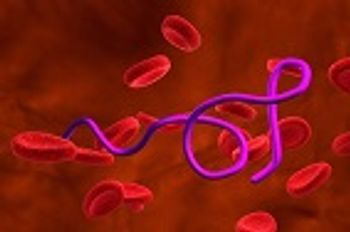
A recent study has shown that Borrelia burgdorferi, the bacterium that causes Lyme disease, spreads throughout the body by crawling along the inside wall—the endothelium—of blood vessels.

Justin R. Anderson, PhD, associate professor of biology at Radford University, discusses what factors will aid mosquito control specialists in eradicating vector populations.

A multidisciplinary team of researchers from Washington University in St. Louis, Missouri and Colorado State University in Fort Collins, Colorado, may have identified another potential pathway for transmission of Zika virus: tears.

Justin R. Anderson, PhD, associate professor of biology at Radford University, discusses how endocrine disrupting chemicals (EDCs) affect the amount of a virus in infected mosquitoes.

On September 5, officials in the Philippines confirmed the first case of Zika in the nation, an indication that the virus is spreading throughout much of Asia.

Justin R. Anderson, PhD, associate professor of biology at Radford University, discusses how endocrine disrupting chemicals interact with larvae to change infected mosquitoes.

American Olympic athletes returned from the 2016 Summer Olympics in Rio de Janeiro with a record medal haul—121 in all, including 46 golds. More importantly, though, none of them came home with the Zika virus, at least according to the most recent reports from the US Olympic Committee.

Add sensory polyneuropathy to the list of potential complications associated with Zika virus, the mosquito-borne infection currently plaguing regions of South America and the Caribbean as well as, in recent weeks, the state of Florida.

Researchers have determined that adult as well as fetal neural stem cells are vulnerable to the neuropathology associated with the mosquito-borne virus that has plagued Brazil and the Caribbean and has recently surfaced in Florida.
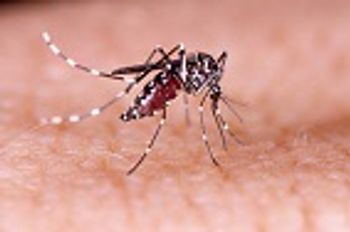
In separate announcements, the government agency revealed its plans to award $2.4 million in funding.

Researchers at the University of Texas Medical Branch Institute for Human Infection and Immunity have confirmed pathway for transmission of the Zika virus that may enable the virus to “survive during adverse conditions,” such as the colder and drier climate conditions of the winter months.

As cases of Zika infection continue to increase, the Centers for the Disease Control and Prevention and the Department of Health and Human Services have ramped up funding and collaborative efforts in affected regions.

Researchers at the NIH’s National Center for Advancing Translational Sciences (NCATS), working with colleagues at Johns Hopkins and Florida State University have identified compounds that “potentially can be used to inhibit Zika virus replication and reduce its ability to kill brain cells.”
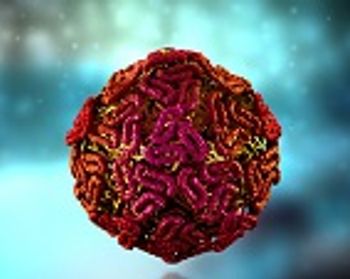
Although Louisiana has yet to see any locally-acquired Zika infections, another mosquito-borne virus, West Nile, remains endemic in the state.

A recent analysis published by the Centers for Disease Control and Prevention has produced results that strengthen the link between Zika virus infection and Guillain-Barré syndrome.

A recent report from the Centers for Disease Control and Prevention (CDC) Morbidity and Mortality Weekly Report states that congenital Zika infection may be associated with hearing loss.

New information about how helminths regulate their hosts’ immune system may provide valuable insight for therapies to fight inflammatory diseases.
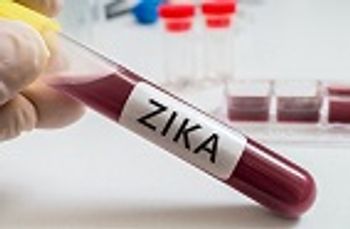
On Friday, August 26, 2016, the FDA amended its blood collection guidance, stating that all blood donations in US states and territories be tested for Zika virus infection, to ensure the safety of the nation’s blood supply.

On Monday, the US Food and Drug Administration skirted normal approval channels and issued Emergency Authorization for a Zika diagnostic test from the Swiss drug maker Roche.

News has emerged of a case in Maryland involving the identification of Zika infection in a woman who had sexual contact with a man who did not know he was sick because he was asymptomatic.

A multidisciplinary team at Yale University School of Medicine have created a mouse model for vaginal Zika virus infection.
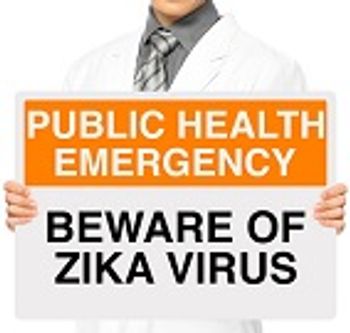
With 43 “local” cases of Zika virus infection now reported in Florida, and as far north as St. Petersburg, health officials in other Gulf states are ramping up responses in the event of potential outbreaks—even as there remains some disagreement as to the true nature of the threat of local transmission in the United States.

Public health experts are predicting that there will likely be localized cases of the virus in flood-ravaged Louisiana as well as in Texas before the end of the summer.
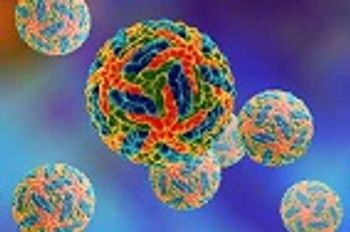
Researchers analyzed soluble forms of the B cell antigens CD27 and CD38 (sCD27 and sCD38, respectively) in the plasma of children with dengue and have suggested a role for these soluble forms as biomarkers of progression of the disease.